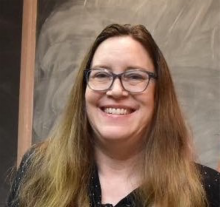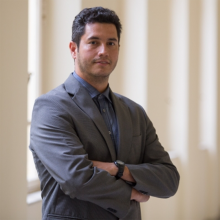
Dr. Angelle Tanner is an Associate Professor in the Department of Physics & Astronomy at Mississippi State University. She has been interested in exploring alien planets since she was young. Her research focuses on multiple extrasolar planet detection methods, including using radial velocities, astrometry and direct imaging. She also studies the properties of the stars around which we are looking for planets. These properties include a star's size, rotational velocity, activity and whether it has a dusty debris disk. By knowing the architecture of planetary systems and the properties of their host stars, we also learn more about how those planets formed and evolved and how many similar systems exist in our Galaxy. She is currently developing the Starchive, an open-access database of nearby stars, which will be used by many upcoming extrasolar planet discovery programs, including JWST, TESS, Kepler, LSST and WFIRST. Dr. Tanner hopes to be a primary contributor to the inevitable discovery of life on a nearby, Earth-like planet.

Dr. Ivan Paulino-Lima is a research scientist at the Blue Marble Space Institute of Science (BMSIS). He is interested in extremophiles and their adaptations to the environment. At Ames Research Center, he joined Dr. Rothschild's lab. They have isolated a wide range of radiation-resistant microorganisms and are now characterizing the molecular mechanisms related to radiation resistance. They used the microbial collection to build a reflectance spectra database that will help astronomers look for biosignatures on exoplanets. He is currently responsible for microbiology experiments in a satellite mission at Earth’s orbit, testing microbial performance under three different gravity regimes. Field experience includes trips to the Atacama Desert (Chile), Sonoran Desert (Arizona), Mount Saint Helens (Washington), Kali Crater (Estonia), Kilauea Volcano (Hawaii), and Death Valley (California).
